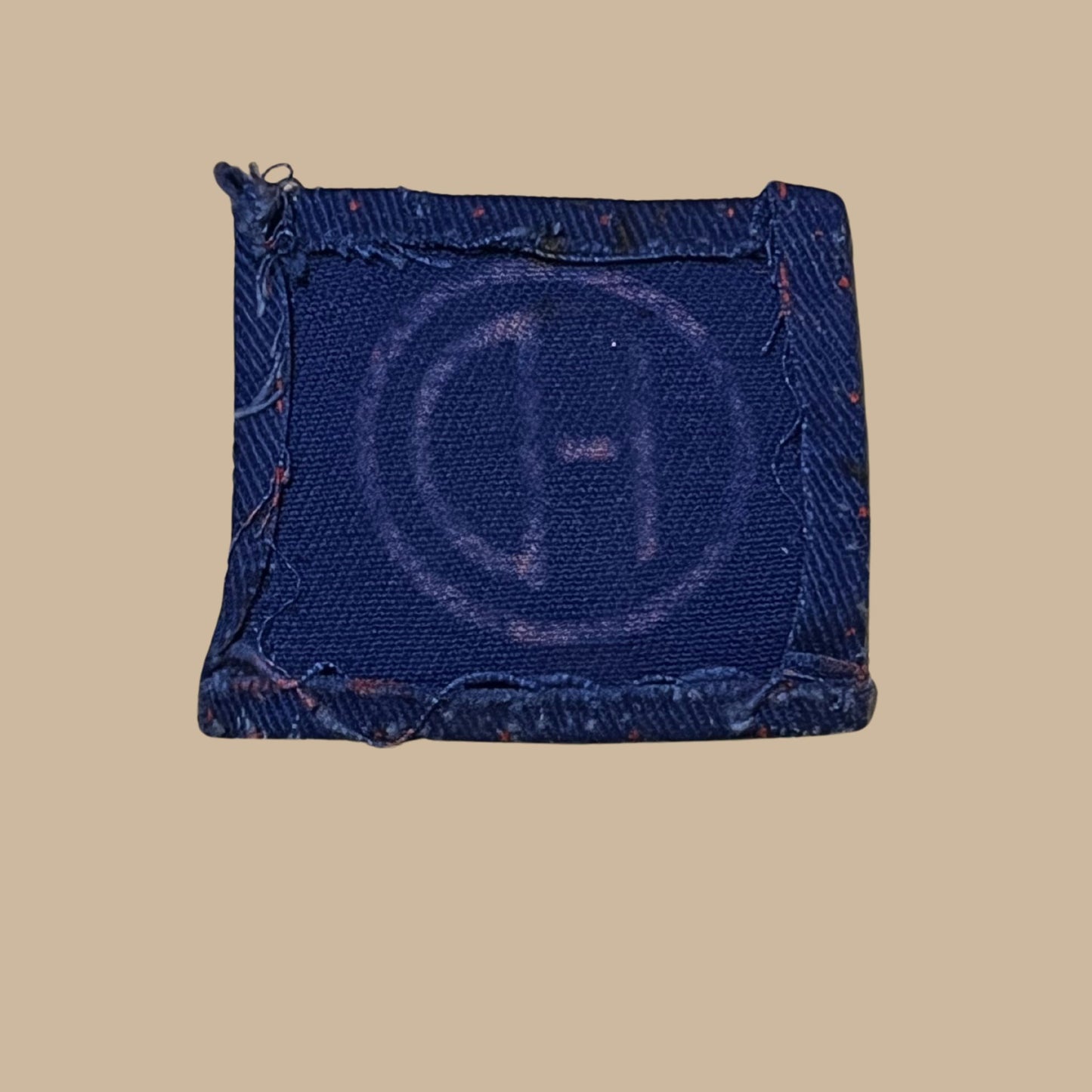Militaria Matters
WW2 Printed 51st Highland Division formation sign
WW2 Printed 51st Highland Division formation sign
Couldn't load pickup availability
Very nice printed example of the 51st Infantry Division formation sign.
Removed from uniform in great condition.
ChatGPT said:
51st (Highland) Division—a proud unit of the British Army with deep roots in Scotland. During World War II,
⚔️ Origins & Early War (1939–1940)
-
The 51st (Highland) Infantry Division was originally a Territorial Army formation made up of men mostly from the Scottish Highlands and Lowlands.
-
When war broke out in 1939, they were sent to France as part of the British Expeditionary Force (BEF).
-
However, in a tragic turn, the division was left behind during the Dunkirk evacuation (May–June 1940).
-
They were attached to the French army near the Somme, holding the line while others withdrew.
-
Eventually, surrounded at St. Valéry-en-Caux, most of the division was forced to surrender to Rommel's forces on 12 June 1940. It was a painful moment—many became POWs.
🔁 Reformation & North Africa (1941–1943)
-
The division was reformed in the UK, drawing from other Scottish units.
-
In 1942, they were sent to North Africa under Montgomery's Eighth Army.
-
They played a crucial role in:
-
The Second Battle of El Alamein (Oct–Nov 1942)
-
The Tunisian Campaign, helping to push Axis forces out of North Africa.
-
🇮🇹 Sicily and Europe (1943–1945)
-
After North Africa, the division took part in the Allied invasion of Sicily (Operation Husky, July 1943).
-
Then, they returned to the UK to prepare for D-Day.
🇫🇷 D-Day to Germany (1944–1945)
-
The 51st landed in Normandy shortly after D-Day, in June 1944.
-
They were involved in:
-
The Battle of Normandy, including heavy fighting at Caen.
-
Operation Totalize and other pushes through France.
-
-
The division fought across France, into Belgium, the Netherlands, and finally into Germany in 1945.
-
They were present for the final Allied push into Bremen, and the war ended soon after
Share




